INDIA. Pahalgam, Kashmir. The sanctimonious Shravan month of the Hindu calendar began on 6 July 2020. This is the time for the annual Amarnath Yatra in the Indian state, Kashmir. For devotees of Lord Shiva, going to this annual yatra is like meeting the god himself.
The yatra is an extremely difficult one involving long-distance treks in the wilderness at high altitudes. And the weather is generally harsh with almost non-existent supplies, and militants are a constant worry.
This year due to the COVID-19 scare, the yatra has been cut short to 14 days instead of the normal 30-day duration. And it scheduled from 21 July 2020 to 3 August 2020.
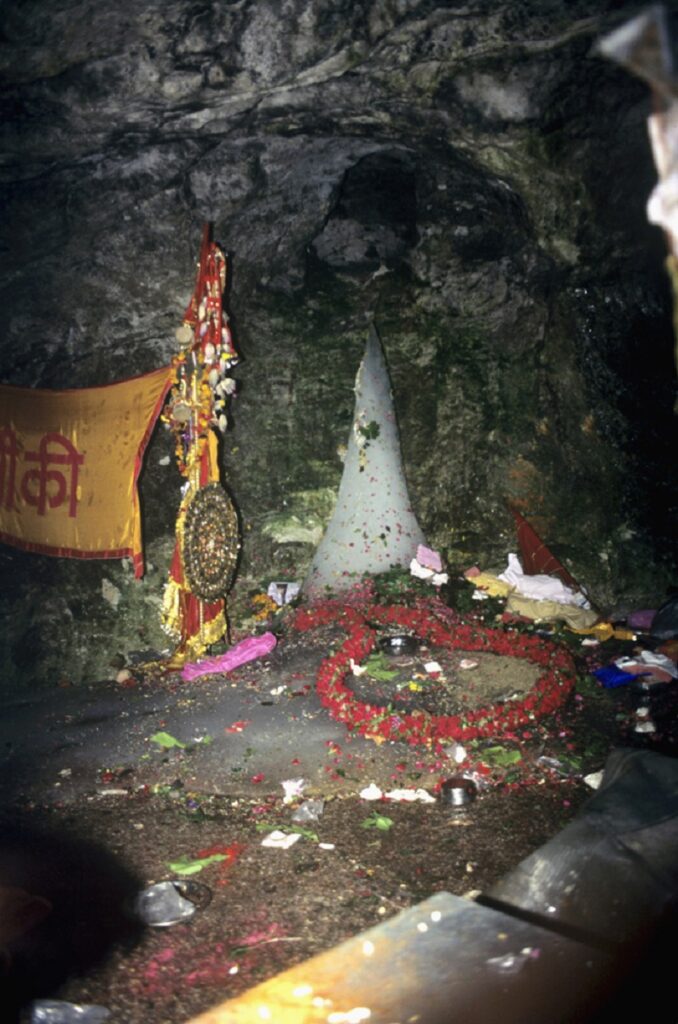
Legend of Amarnath cave. According to the centuries-old legend of Amaranth, Lord Shiva, on repeated requests of Devi Parvati, told her the Amar Katha (story of immortality) at this secluded cave, deep in the mountains so that no one else would hear. As he narrated the katha, he found that two pigeons in the cave have also listened. As a result, these pigeons also became AMAR (immortal) – and it is believed that they still live here. Devotees visiting the caves also look for these pigeons as it is believed that only a few lucky souls can see them.
The yatra route. A pilgrim, after registering himself for the yatra with govt. authorities, may proceed to the cave amid chants of Jai Bhole Shankar and Ohm Namah Shivay from Jammu, the base station. The scenic drive passes through the splendid landscapes of Banihal, Anantnag, to beautiful Pahalgam, and finally to Chandanbari.
For the last few years, an alternate route passing through Sonemarg was also opened by the authorities. This route is shorter and less strenuous, taking only two days to complete the pilgrimage.
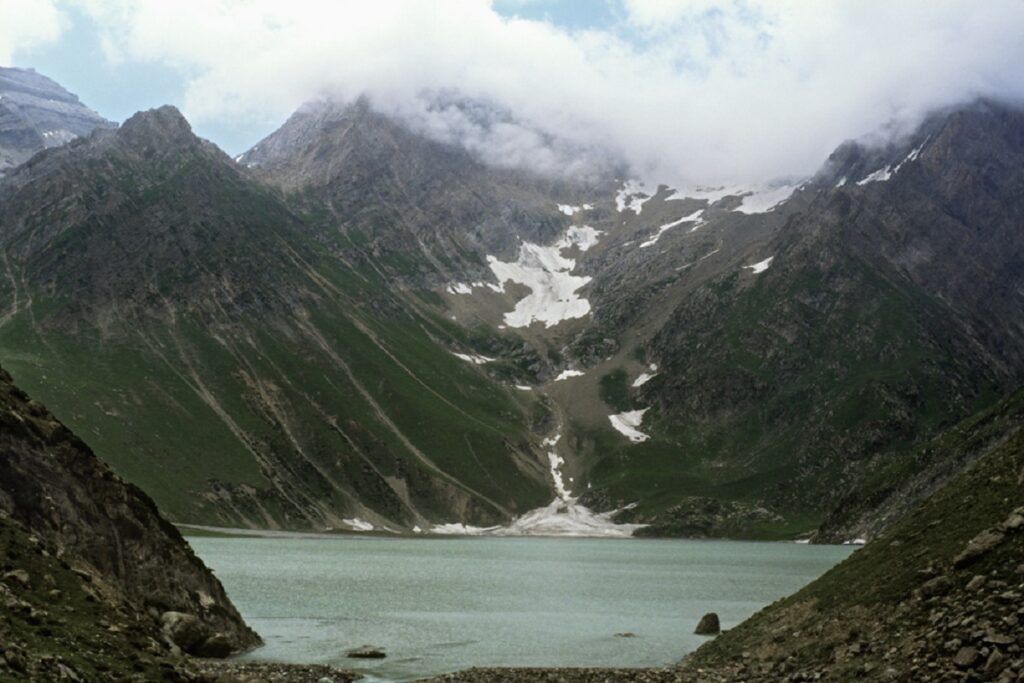

The traditional trekking route starting from Chandanbari takes almost 6 days to complete. A devotee starts early in the morning and after crossing Pissughati reaches Sheshnag, the second day’s night halt. This place has a lake having the shape of the legendary snake, Sheshnag in Hindu mythology, hence the name. Langar tents, charitable food arrangements made by various NGOs, are also available here.

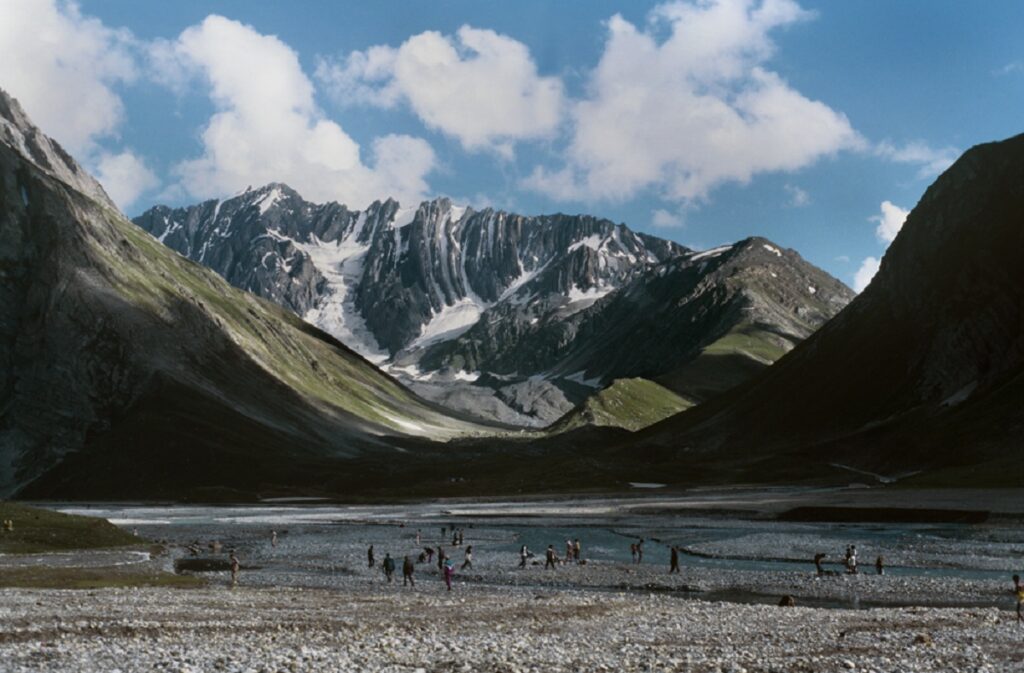
A river en route 
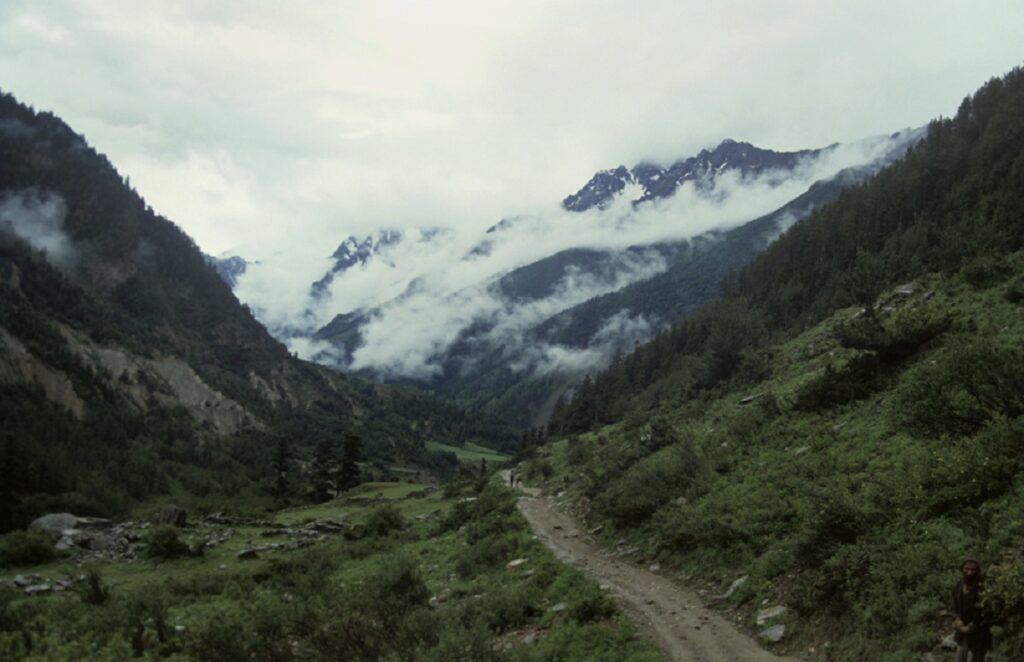
View of the trek
Treacherous trek. A steep climb awaits the devotees as they cross Mahagunas at 15,000 ft height to reach the night halt at Panchatarani. It is a very taxing day for the devotee as one has to trek for over 10-12 hrs and cover more than 30 km. Starting very early the next day is the key to a successful darshan. It is best if devotees start at 3:00 AM and proceed towards the holy cave. This trek is again strenuous as the devotees have to negotiate glaciers and a variety of elevations.


After reaching the cave area, devotees will take a dip in the icy cold waters flowing near the cave, queue up at the crowded cave for darshan and performing puja. After darshan, and spending some time inside the cave, devotees must return along the same challenging route.

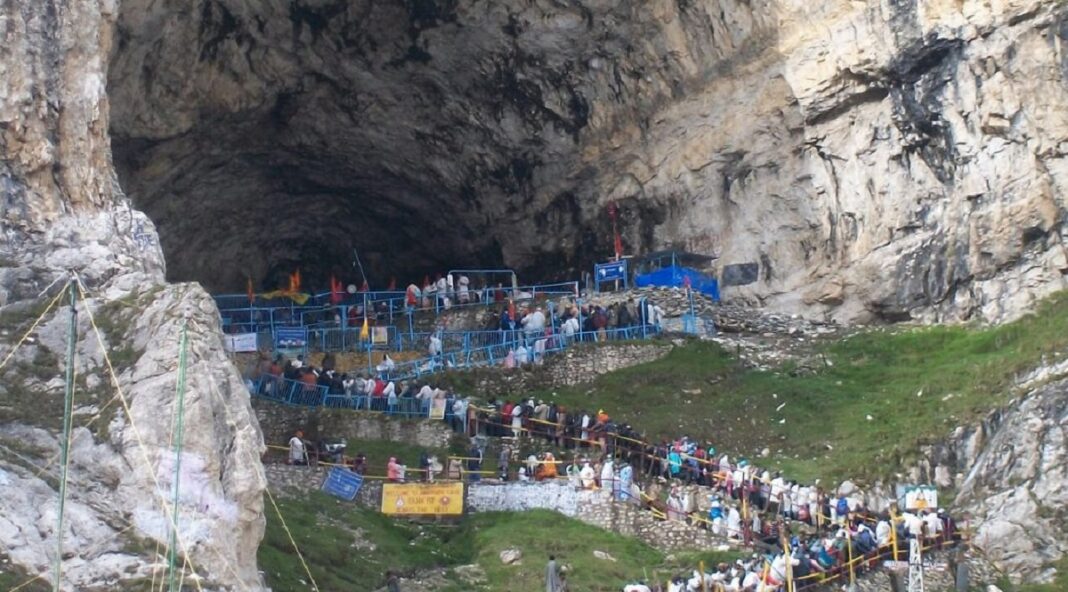


Comments are closed.